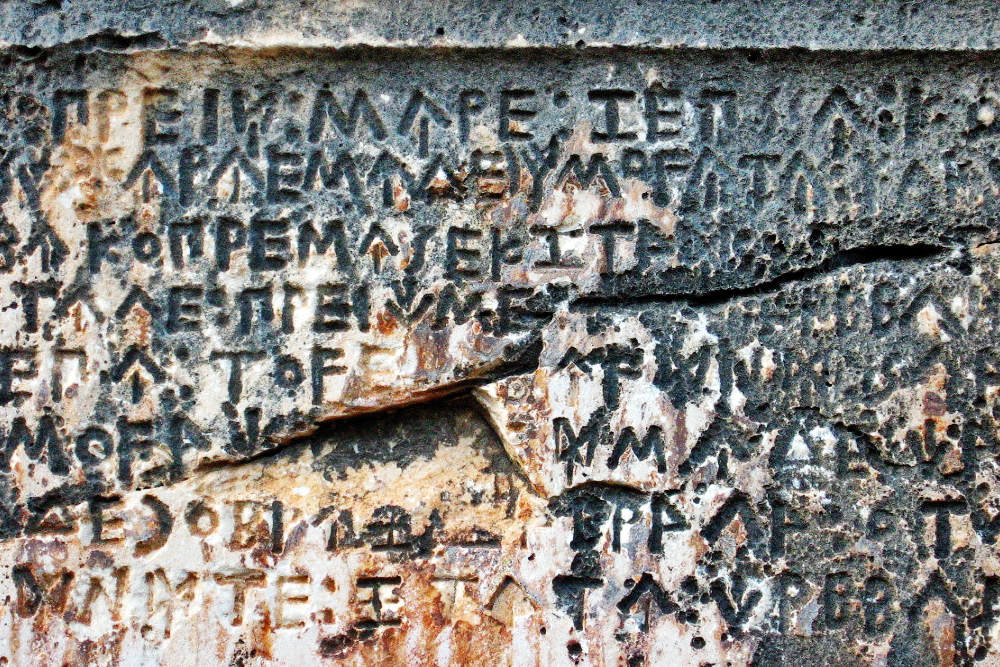Muhtar Group | Since 1968
Muhtar Group family, which first laid the seeds of today in 1968, continues to serve its valued guests for more than half a century with its unchanging service quality and unique guest satisfaction approach.

One of the different types of tombs seen in Anatolia is the sarcophagus.
Some of the ancient structures that have survived from the Lycians are the tombs carved into the rocks and the sarcophagi scattered all over the Lycian cities. The most magnificent of these sarcophagi is the Lycian Written Mausoleum, which is located on Uzun Çarşı Street in Kaş (Andifli) and is popularly known as the King's Tomb. (4th century BC).
The building consists of a single block and has an eight-line inscription in Lycian language (in some sources it is called Lycian).
This sarcophagus, which has survived to the present day and is made of a single block, has bead motifs and an eight-line Lycian inscription on the 1.5-meter-long lower part.
It is thought that the sarcophagus was made in the ninth century BC, but since the inscription cannot be read, it is not understood who it belongs to. The sarcophagus of the rectangular prism-shaped monument was placed on this pedestal. On the north-west pediment of the cover, a sad-looking man and a woman figure leaning on his stick, crossing his right leg over his left, are carved.

Today, the mausoleum located in the street known as Uzun Çarşı in the city center has become the symbol of Kaş. The tomb, which is the center of attention of visitors with its architecture and aesthetics, is thought to have been built in the fourth century BC. The eight-line Lycian inscription on it is still undeciphered today.
Source : kas.bel.tr
Other Pages